retail experiences
6 ways to enhance in-store experiences

As the pendulum swings back shopping and to physical retail, in store experiences offer retailers a great opportunity to drive brand awareness and engagement before, during and after their store visit.
Shoppers who feel more engaged earlier are likely to buy more, buy bigger and buy more often. According to recent research, 72% of digital shoppers “consider the in-store experience as the most important channel when making a purchase”.
And 71% of in-store shoppers say that their “smartphone has become more important to their in-store experience”.
Retailers realise that there’s no point trying to reproduce or replicate online customer experiences across the physical space – or vice versa. But what they need to do is combine digital with physical in one place to provide something uniquely different that can only be experienced by going in-store.
Experiences and emotions in driving retail engagement
Shoppers increasingly want to feel trust in a brand before making a purchase. Retailers, in turn, can use emotions to invoke a sense of trust on the part of those shoppers.
‘Emotions’ in this example may include enjoyment, intrigue, happiness, surprise and aspiration as well as others.
This is why some forward-thinking retailers are turning their retail spaces into playground experiences where shoppers can enjoy experiences such as entertainment, learning and instant satisfaction.
To do this, they need to conceive, design, develop and install physical, interactive, digital and virtual displays into their retail environments.
When enhanced further with superior customer service, these displays transform ‘shopping’ into innovative and engaging retail experiences that can translate into sales.
Read on to discover 6 Key Ways to Enhance the In-Store Retail Experience that can be used to drive engagement and sales.
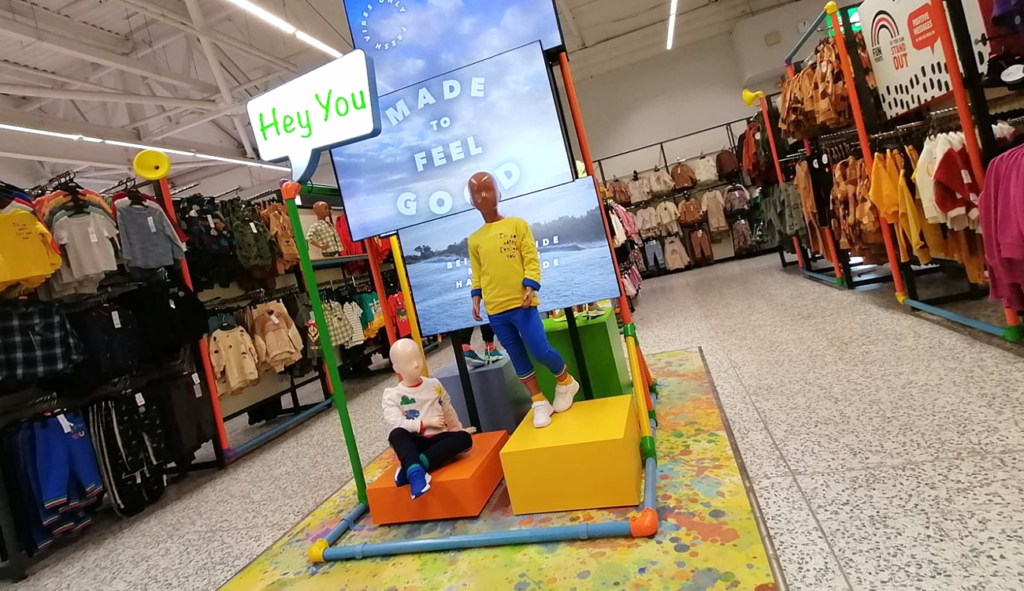
1 – Position displays to engage shoppers – fast!
No shopper looks forward to being pounced on by a sales assistant the minute they set foot in-store, despite the offers of help and suggestions.
However, to kick off their in-store experience, engaging retail displays can be designed and positioned to connect with customers within just a few seconds of their entry into the store.
That’s not to say sales assistants should not attempt to engage shoppers, but as product experts, they can do so in an appropriate and knowledgeable way at the right time.
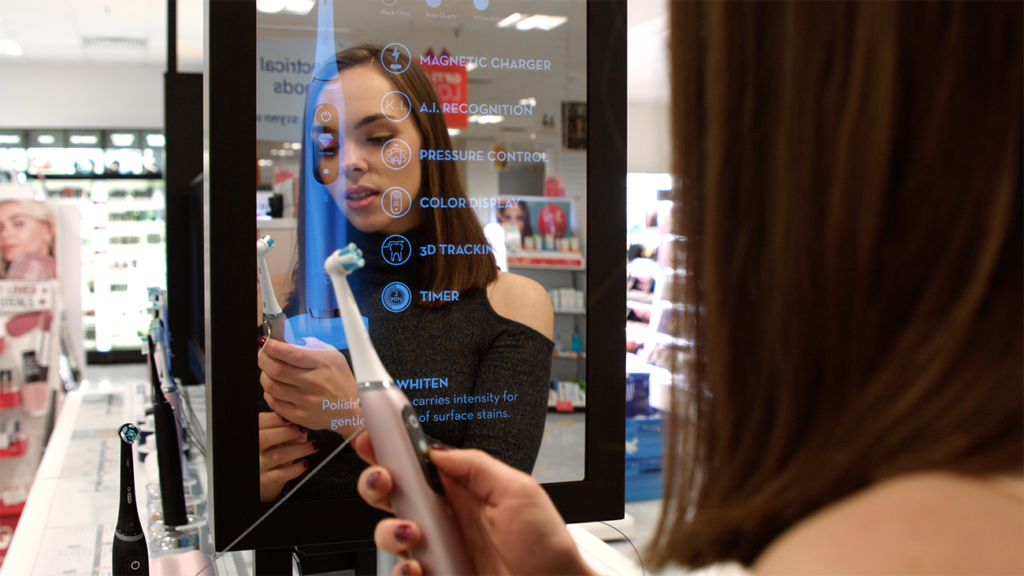
2 – Combine physical displays with VR and AR technologies
Shoppers of all ages like to interact and ‘play’ with technology to some extent, so retailers can enhance their retail experiences with VR headsets, tablets and interactive displays.
Touchscreens and tablets – positioned in locations such as fitting rooms – can be used to enhance in-store shopping experiences, offering product options, alternatives, information about colour ranges, sizes, fit and so on.
These sorts of technologies complement shoppers’ online behaviour, allowing them to research and browse products at their own pace, without the pressure of feeling that they need to interact with a shop assistant, yet with that option, if they want it.
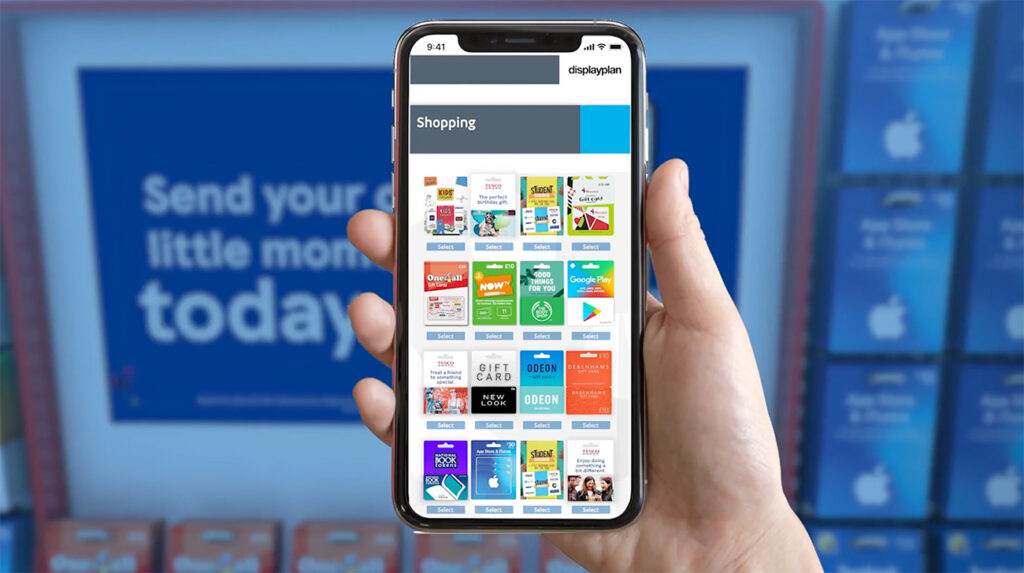
3 – Bring ecommerce into the store
Retail experiences can be enhanced by bringing ecommerce into the physical store.
As discussed in our recent retail experiences blog, shoppers want a seamless multichannel experience whether shopping in-store or online, regardless of where they are shopping.
And while some of them may make allowances, research shows that shoppers now expect speed and convenience whether they’re shopping online or in-store.
This means that the brand experience needs to follow the customer from online to physical store and vice versa.
Using ecommerce-enabled technologies, shoppers can be given the ability to build a personal online shopping cart while browsing in-store, as well as using their mobile device to scan QR codes and barcodes on displays to access real-time stock availability, pricing, reviews and product information.
This full ‘browse and buy’ behaviour combines the physical store experience of viewing, holding and trying the products with online, real-time e-commerce – whilst also offering the option to speak to an assistant, raising the in-store experience to a whole new level.
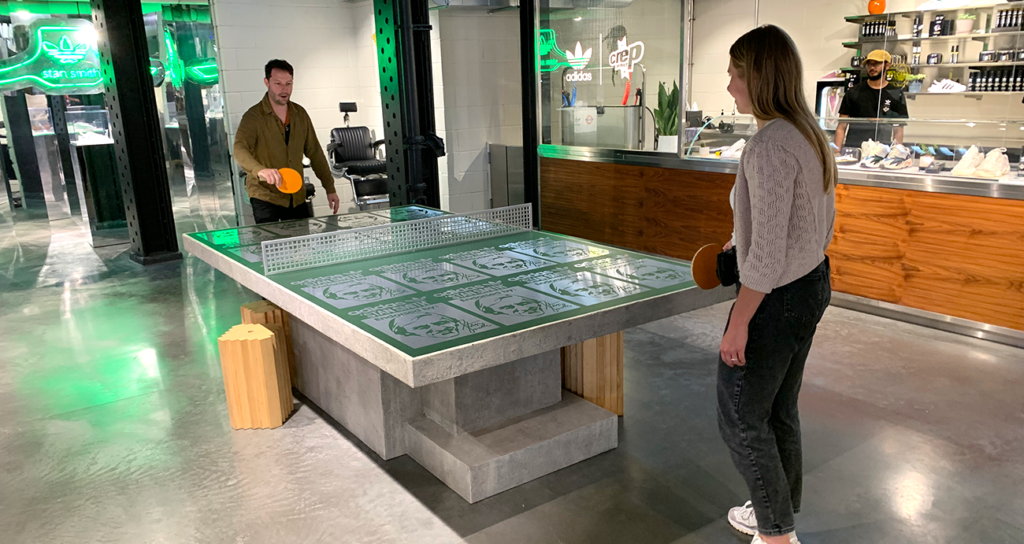
4 – Turn the physical store into an event venue
“Retailtainment” is about providing unique experiences that can delight and engage shoppers in a way that they would not experience at other times, or in other stores.
By attracting shoppers to in-store product demos or pop-up presentations, retailers have an opportunity to gather contact details as well as to direct the shoppers towards social media channels, the retailer’s app, or its website.
Once armed with these details – and permission to use them – retailers can then keep shoppers informed of future product demonstrations, talks and learning opportunities scheduled to take place in-store, and which offer them reasons to return.
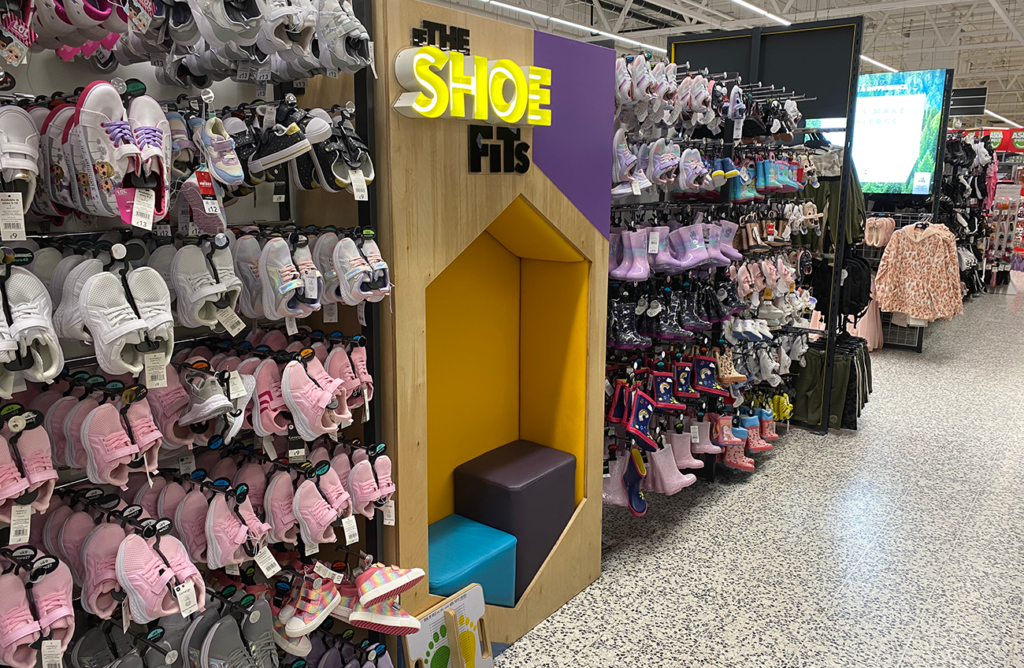
5 – Introduce kid-friendly in-store experiences
Any parent will be familiar with the occasional frustrations of shopping with kids in tow.
With nothing to keep them occupied while mums or dads shop, there’s a good chance that the in-store visit is going to be cut short – meaning lost sales for the retailer.
So it follows that if your shoppers’ kids are happy in your store, there’s a great chance your shoppers will be happy too.
Play areas or play displays such as those covered in our recent article about retail experiences are perfect for engaging kids, which means that those with money to spend can be persuaded to prolong their visit and for an improved chance of making a purchase.
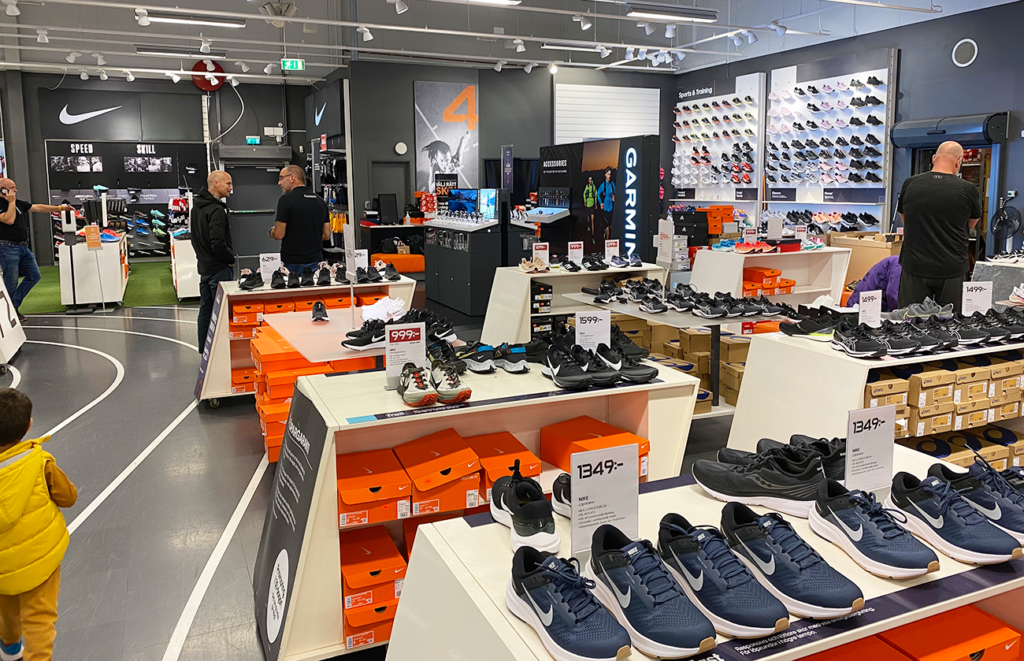
6 – Map the shopper journey
The goal behind mapping in-store shopper journeys is to minimise ‘friction’ on the way to a purchase.
By getting the experience wrong and creating too much friction at any point along the journey retailers run the risk of losing shoppers and sales.
The use of directional wayfinding – from the point of store entry, through in-store navigation to engagement and the immersion of trying out products (e.g. play tables or lift and learn displays) and on to the checkout – can help your shoppers move seamlessly through their journey, increasing the chance of a sale.
Interactive displays and QR code wayfinding are great interactive and personalised technology-based ways to help shoppers along their in-store journey.
Final word
Some shoppers know exactly what they want when they arrive at the store. Others may not be intending to purchase at all, or may simply be browsing without having any clue of what they’re going to purchase.
No matter what the start-out motivations of these shopper types, an engaging and pleasurable in-store shopping experience stands a good chance of attracting them back for a future visit.
In-store experiences are thus a real opportunity to build lasting engagement and should be considered indispensable in the fight for consumer footfall.
Next steps
Talk to retail experience experts Displayplan about developing a concept for your in-store retail spaces. Call us today on +44 1462 88 6000 or email info@displayplan.com
